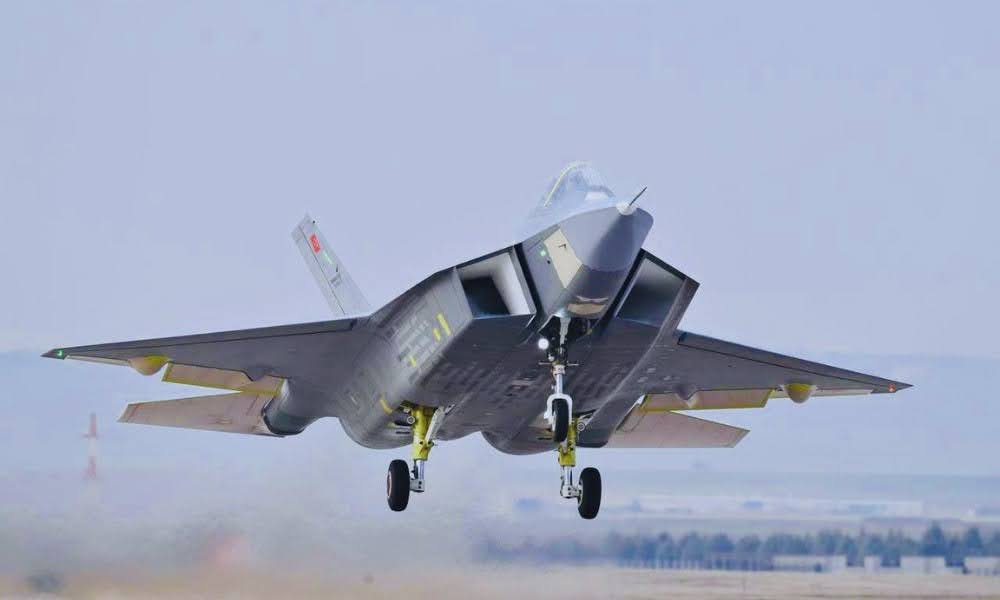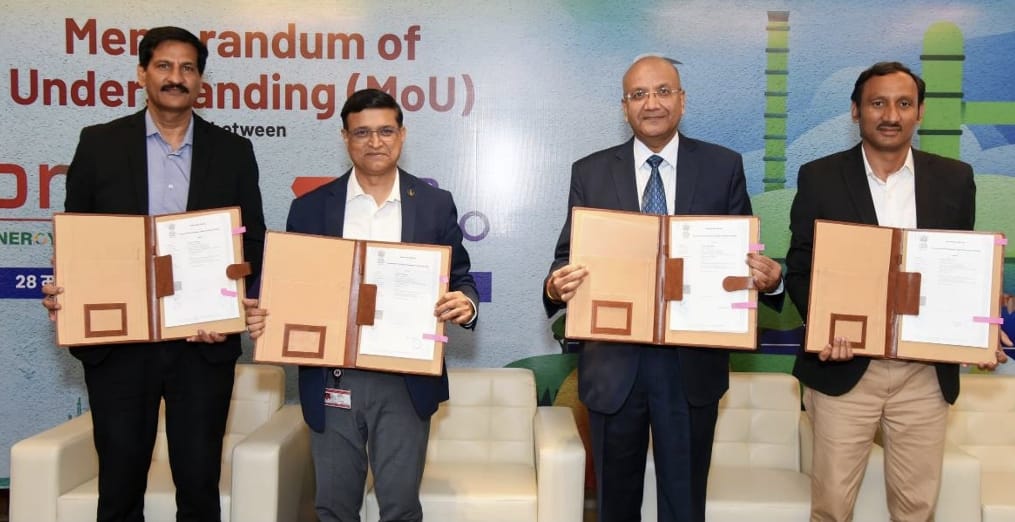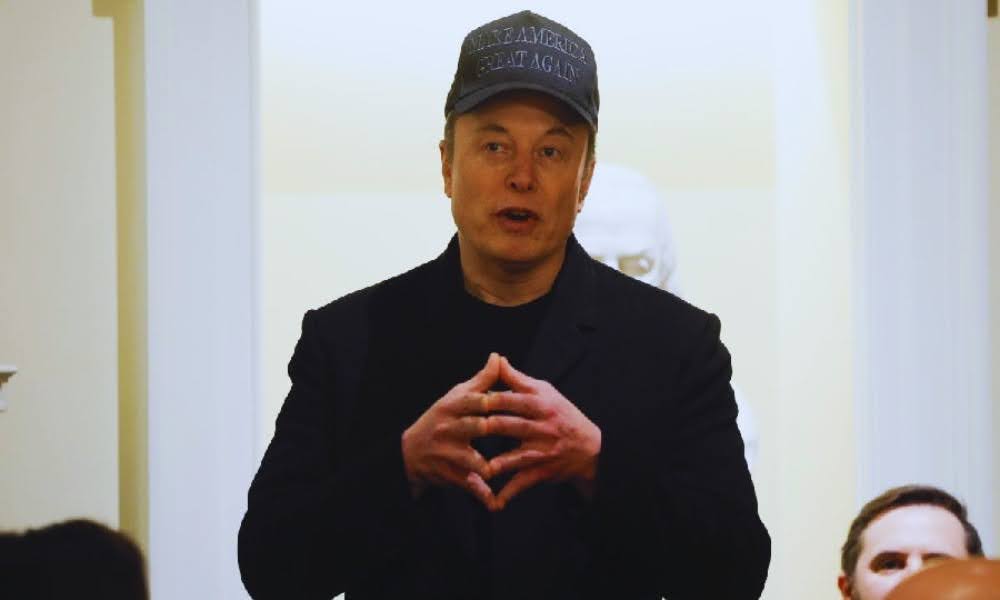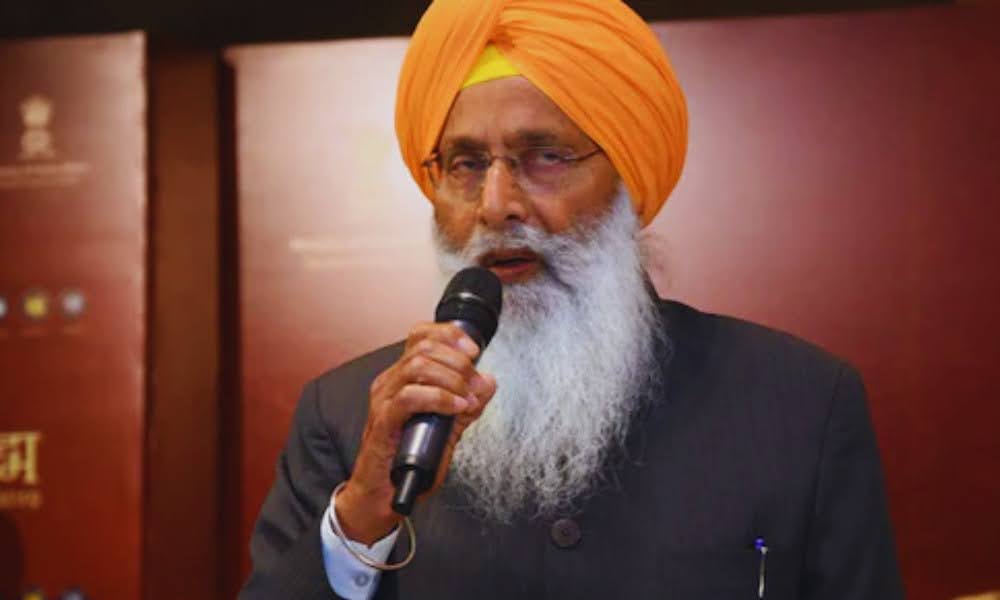Fueling Self-Reliance: Fund Kaveri Engine Trend Pushes Indigenous Jet Dream Forward

On May 26, the slogan “Fund Kaveri Engine” gained traction across social media platforms, as citizens, defence experts, and enthusiasts united to demand urgent attention and funding for India’s long-pending indigenous jet engine initiative.
The campaign highlighted a growing public sentiment that the Modi government must fast-track the Kaveri engine project, a key component in India’s goal for defence self-reliance.
One social media user, Abhay, commented, “Nirmala Sitharaman ji, 18% ki Jagha 20% lelo Caramel popcorn pe but Kaveri Engine ko Fund kardo.”
User Krishnan added, “Fund a flying test platform for the Kaveri.” Several users shared Soviet-style posters to show their support.
Another user, Akshit, urged Prime Minister Modi to back the Kaveri engine for national interest, while Dharmic Aeroplate v2 suggested a crowdfunding campaign. Defence journalist Shiv Aroor also supported the movement.
Kaveri Engine: An Overview
The Kaveri engine project began in the late 1980s and is being developed by the Gas Turbine Research Establishment (GTRE), a Bengaluru-based DRDO laboratory.
Initially intended to power the indigenous Light Combat Aircraft (LCA) Tejas, it now aims to reduce India’s reliance on foreign engines, like those made by GE Aerospace.
Although the Tejas Mk-1 currently uses the GE F-404 engine, the Kaveri programme was not discontinued.
Instead, it shifted focus towards powering the Advanced Medium Combat Aircraft (AMCA), Unmanned Combat Aerial Vehicles (UCAVs), and naval vessels.
Technically, the Kaveri is a two-spool bypass turbofan engine that includes a full annular combustor, transonic compressors, and directionally solidified turbine blades.
It has undergone over 3,000 hours of testing, including successful trials at high altitudes and on marine platforms.
Recent upgrades feature single-crystal turbine blades, polymer matrix composites, and a redesigned fan for stealth compatibility, enhancing its thrust-to-weight ratio and thermal efficiency.
Causes Behind the Delay
Despite its potential, the Kaveri engine project has been delayed by numerous challenges.
The most significant is the difficulty of developing such technology from scratch, including aerothermal dynamics, materials science, advanced metallurgy, and control systems.
Additionally, Western nations consistently denied India access to critical technologies such as single-crystal blades and high-performance superalloys.
A lack of skilled manpower, specialised infrastructure, and high-altitude testing facilities also slowed progress, forcing India to depend on Russian facilities like CIAM.
Another issue was the premature plan to use Kaveri in the Tejas without first validating it on an intermediate platform.
The engine’s initial output of 70–75 kN was below the 90–100 kN required for fighter aircraft, which led to its removal from the Tejas programme and reassignment to other platforms.
A failed partnership with France’s Snecma in 2013 further hampered progress. The French company only offered partial solutions instead of full technology transfer, which India rejected.
Renewed Efforts and Strategic Importance
Recently, the project has seen renewed interest, with new components like blisks and indigenous afterburners being developed in collaboration with BrahMos Aerospace.
Defence Minister Rajnath Singh confirmed ongoing talks with GE, Rolls-Royce, and Safran to bridge technological gaps without compromising control over the Kaveri platform.
With India’s push for fifth-generation aircraft under the AMCA programme and current military operations like Operation Sindoor following the Pahalgam terror attack, the urgency for indigenous capabilities is more pressing than ever.
Social Media Uprising and Technical Evolution
The social media campaign #FundKaveriEngine reflects a collective call for government investment in indigenous defence technology. Some users even suggested the government increase taxes to fund the Kaveri engine.
The Kaveri is a low bypass, twin spool turbofan engine with an 80 kN thrust output. It features a flat-rated design and twin-lane Full Authority Digital Engine Control (FADEC) with manual override, ensuring reliable performance in high-speed conditions.
The engine was delinked from the Tejas programme in 2008 due to issues like low thrust-to-weight ratio and insufficient afterburner performance.
Lack of testing infrastructure and delayed foreign collaboration, such as the late approach to Snecma, further contributed to its slow progress.
Present Status and Future Applications
The Kaveri engine is currently undergoing flight tests in Russia, with around 25 hours of evaluation pending. These tests are crucial for validating its performance in real-world conditions.
It is now being reconfigured to power indigenous UCAVs, including the Ghatak stealth drone. Godrej Aerospace has delivered two modules of the Kaveri Derivative Engine (KDE), with six more expected by August 2025.
Azad Engineering has also joined the project to build advanced turbo gas generators.
Plans for Kaveri 2.0 are underway, aiming to replace GE F404 engines in the Tejas Mk1A post-2035. Meanwhile, the Indian Navy is working with GTRE to adapt the Kaveri for maritime use through the Kaveri Marine Gas Turbine (KMGT).
Successful trials have been completed, and efforts continue to boost its output beyond 12 MW for larger vessels.
A Pillar for Aatmanirbhar Bharat
The Kaveri engine project stands as a cornerstone of India’s self-reliant defence strategy. Its success would not only lessen dependence on foreign jet engines but also significantly strengthen India’s aerospace development capabilities.








